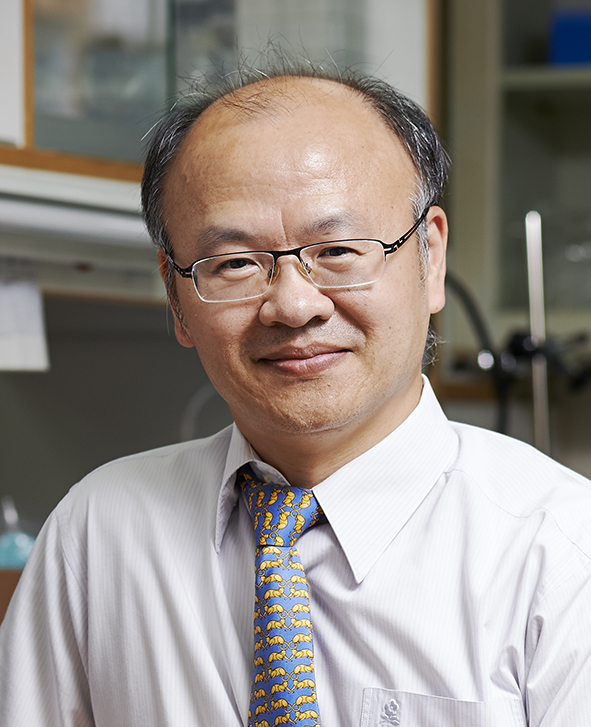Patrick C.H. Hsieh

Affiliations
Institute of Biomedical Sciences, Academia Sinica, Taiwan
Biography
Dr. Patrick Hsieh is an Associate Research Fellow and Professor, Institute of Biomedical Sciences, Academia Sinica. He received his MD from Kaohsiung Medical College in 1992, completed his clinical training in cardiovascular surgery from National Taiwan University Hospital in 1999, received his PhD from Bioengineering, University of Washington, Seattle, in 2003, and finished his postdoctoral fellowship at Harvard Medical School and MIT in 2006. Since back to Taiwan in 2006, Dr. Hsieh focuses his research on cardiac regeneration using stem cells, nanotechnology, drug/gene delivery, and tissue engineering. He has received several awards including National Innovation Award and National Science Council Outstanding Research Award. He was elected to International Fellow of American Heart Association, and was recognized as a top translational researcher in 2012 by Nature Biotechnology. Dr. Hsieh has published ~50 scientific papers, filed 12 international patents, and applied his research results into clinical therapy for cardiovascular regenerative medicine.
Abstract
Nanomaterials for cardiac repair and regeneration
Patrick C.H. Hsieh, MD, PhD
The use of nanotechnology in tissue repair or regeneration remains largely unexplored. For this talk, I would present three projects toward cardiovascular regeneration using nanomaterials. First, we formulated insulin-like growth factor (IGF)-1-complexed PLGA nanoparticles (PLGA-IGF-1 NPs). Injection of PLGA-IGF-1 NPs prolongs the retention of IGF-1 within infarcted myocardium of mice to at least 24 hours, showing effective induction of Akt phosphorylation for cardioprotection (Chang et al. J Control Release, 2013).
Second, we used self-assembling peptide nanofibers (NF) combined with vascular endothelial growth factor (VEGF) to create an intramyocardial microenvironment with prolonged VEGF release to improve post-infarct neovascularization in rats and in pigs, showing NF/VEGF injection improved arteriogenesis and cardiac performance after infarction (Lin et al. Sci Transl Med., 2012).
Finally, we developed aligned nanofibrous electrospun patches with seeding of cardiac cells for tissue engineered cardiac nanopatch, demonstrating that nanopatch implantation provided mechanical supporting after MI in rats. Importantly, electrocardiography and optical mapping revealed electro-coupling with the host myocardium, confirming the significance of cardiac anisotropy recapitulation (Lin et al. Biomaterial Sci., 2014). These results provide insight into cardiovascular nanomedicine with a wide range of potentials for clinical therapies.

